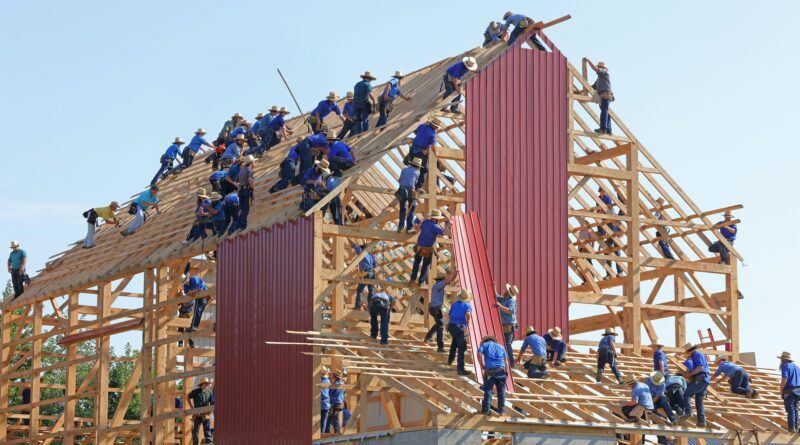Yes, construction site fencing is generally mandatory in most jurisdictions. This requirement exists primarily to ensure safety, prevent unauthorized access, and protect both workers and the public. However, the specific requirements can vary depending on location, project type, and local regulations. Let’s explore what you need to know about construction site fencing requirements and best practices.
Spis treści:
Legal Requirements for Construction Site Fencing
Most local building codes and safety regulations require contractors to install temporary fencing around construction sites. In the United States, OSHA (Occupational Safety and Health Administration) mandates that construction sites implement adequate protection measures to prevent unauthorized entry. This typically includes perimeter fencing that must meet specific height requirements, usually a minimum of 6 feet tall. Additionally, many municipalities have their own regulations that may require specific types of fencing materials, visibility screens, or additional security features like locked gates during non-working hours.
Safety Benefits of Construction Site Fencing
Construction site fencing serves multiple safety purposes. It creates a clear boundary between the construction zone and public areas, preventing accidental entry by pedestrians. The fencing also protects valuable equipment and materials from theft or vandalism, which can significantly impact project timelines and costs. Moreover, proper fencing helps contain construction debris and dust within the site, minimizing environmental impact and maintaining cleaner surrounding areas. For workers, the fence provides a defined workspace and helps them maintain awareness of site boundaries while operating machinery or performing tasks.
Types of Construction Site Fencing
Different types of construction fencing meet various project needs and requirements. Temporary chain-link fencing remains the most common option, offering durability and security while being cost-effective and easy to install. Panel fencing, typically made from steel or aluminum, provides excellent stability and can include privacy screens or wind barriers. For shorter-term projects, plastic mesh fencing might suffice, though it offers less security. Some sites require hoarding – solid board fencing that completely blocks the view and provides maximum privacy and dust control. The choice depends on project duration, security needs, and local regulations.
Additional Requirements and Considerations
Beyond basic fencing installation, construction sites must often meet additional requirements. These may include posting warning signs and contact information, maintaining adequate lighting around the perimeter, and ensuring regular fence inspection and maintenance. Sites near schools or residential areas might need extra security measures or specific fence heights. Construction managers should also consider access points for emergency vehicles and ensure gates are wide enough for construction equipment. Weather conditions in the area might influence fencing choice, as some regions require wind-resistant or reinforced fencing options.
Consequences of Non-Compliance
Failing to install proper construction site fencing can result in serious consequences. These may include substantial fines from regulatory bodies, project delays due to stop-work orders, increased liability insurance costs, and potential legal issues if accidents occur. Most importantly, inadequate fencing puts both workers and the public at risk. Construction companies should view proper fencing as an essential investment in safety and project success rather than just a regulatory requirement to meet.
